Before you can experience Virtual Reality, your computer must be powerful enough to render high-quality graphics. VR computers usually employ Graphics Processing Units (GPUs), an electronic unit on a card that manipulates memory and speeds up the creation of images.
The output devices are visual, audio, and haptic displays. The haptic devices are used to stimulate the sense organs of your body as they present VR content.
What is virtual reality?
VR is an exciting new technology that has numerous applications beyond the entertainment industry. It is a great tool for businesses because it can help brands engage with customers and capture their attention. While this technology is often associated with gaming and entertainment, it has numerous serious applications in the field of education and Business.
For example, it can help brands build a reputation for being innovative and dedicated to improving customer experiences. This technology is rapidly advancing, and more companies are exploring its benefits of this technology.
Among the many uses for VR is to help patients undergo medical procedures. One study showed that the headsets allowed patients to visit a tranquil place while they were undergoing surgery. Moreover, a review of 20 clinical studies from 2020 found that the headsets reduced depression, anxiety, and fatigue in participants. VR technology can help doctors explain complex procedures to children. For example, children undergoing brain surgery can “fly” through 3D images of their brains to get an understanding of how the procedure will go.
What Are the Benefits of VR
The benefits of VR training extend far beyond a more immersive environment. In Business, VR is a critical tool for employees to understand their environment and prepare for new processes. This immersive environment is a crucial tool to improve safety procedures, boost employee productivity, and enhance customer service and sales.
Use cases for VR training in Business include healthcare and pharma, real estate, and manufacturing. VR training can be highly useful for training employees who are unfamiliar with new machinery or for training those who need to learn how to work with it.
The use of VR in the workplace has many benefits, ranging from improving team performance to addressing skills issues surrounding interdependent tasks. Often, workplaces are not conducive to practical training, especially for employees who are frequently subject to distractions. With VR, a learner can perform a complex task in a simulated environment, and retaining the knowledge gained is easier. This type of training is particularly beneficial for customer service agents who are responsible for interacting with customers and dealing with sensitive issues.
Various VR Applications
Virtual reality, or VR, is a technology that uses a headset to provide three-dimensional and life-sized images to users. Using VR headsets, people can move, look, and interact with virtual features, much as if they were physically in the space. These headsets consist of a head-mounted display, multiple large screens, and force feedback through haptic technology. Applications of VR range from entertainment to education to medical care.
Commercial applications of VR include virtual store environments. In such scenarios, customers can explore the store, examine the products, and make purchases without leaving their homes.
By enabling a personalized experience, virtual stores may reduce the risk of inefficient purchases. Virtual reality can also help the military improve their training by reducing the risks of battlefield trauma. Ultimately, VR has a range of applications in marketing and retail. But, there are many more. Here are a few:
What to do in VR Start
Getting started with VR is a daunting task for any beginner. It is vital to choose a high-quality VR headset, as some of them are not as powerful as others. You will also need a headset and handheld controllers if you plan on using VR for gaming. Here are some tips for getting started with VR gaming.
One of the most popular VR game engines is Unity. It supports most major VR file formats and devices. Unity also supports C# scripting, which allows you to write game objects and the overall logic of a virtual world. Unity has a huge community asset library and is free to use until you start making over $100k a year. Once you have the foundational knowledge of how Unity works, you can move on to creating your own games.








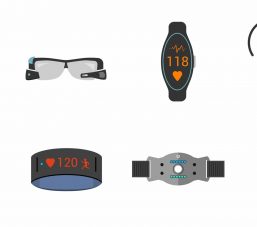

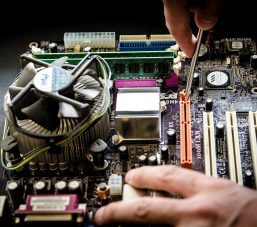

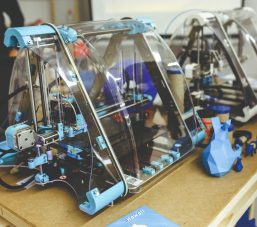

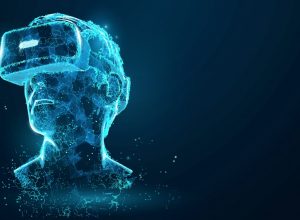
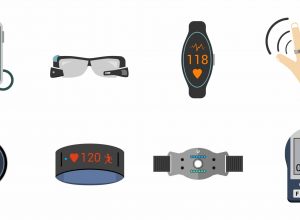

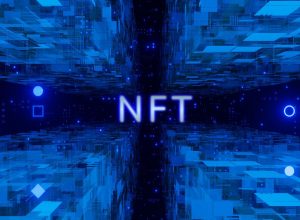


Comments